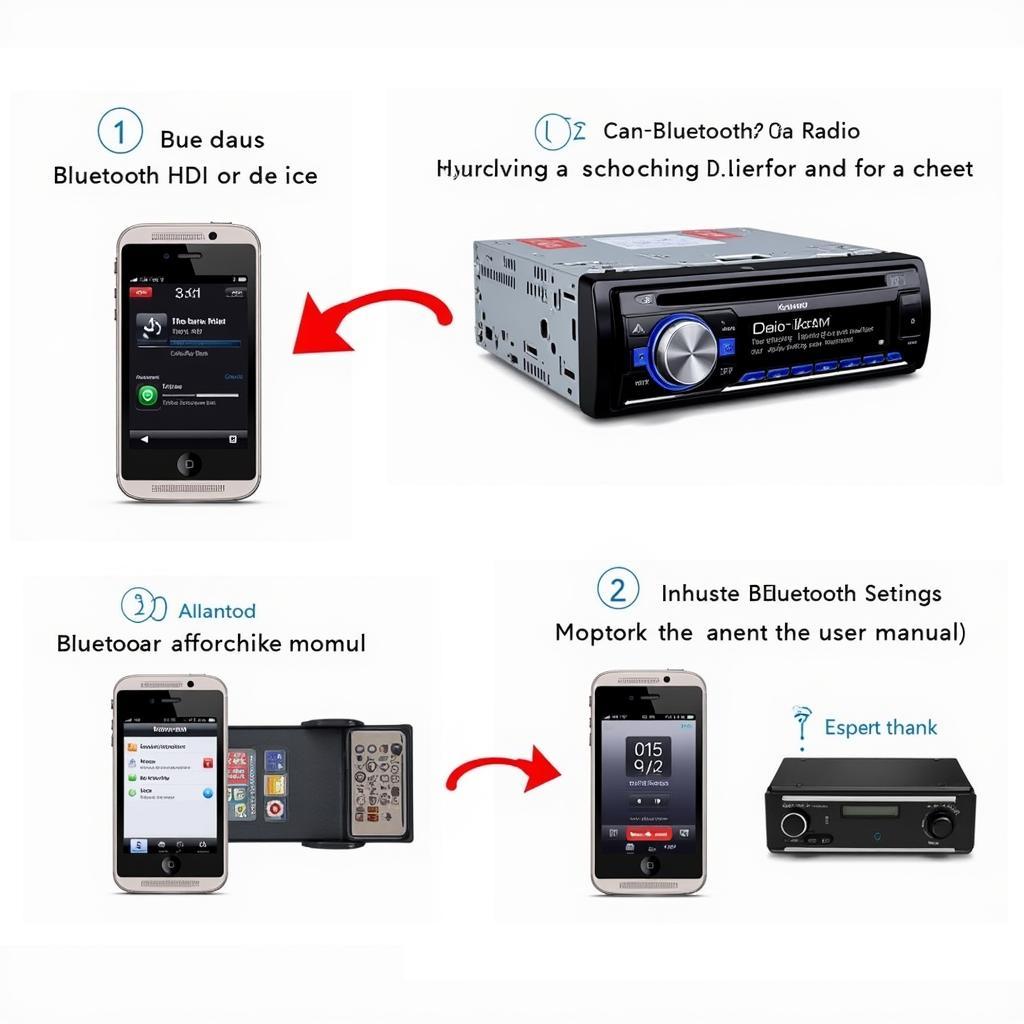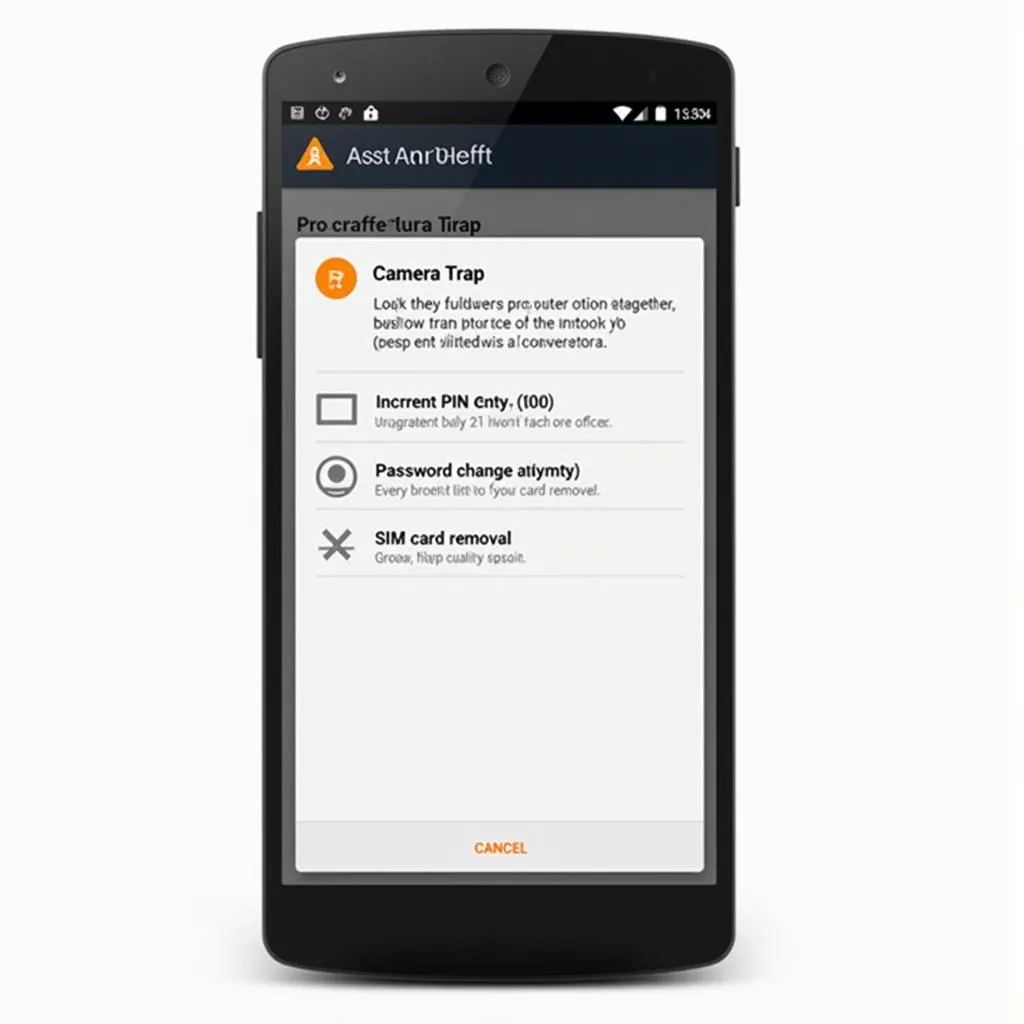The dreaded brake pad warning light on your E36 BMW – a sight no driver wants to see, but one that needs immediate attention. This glowing symbol on your dashboard isn’t just a minor inconvenience, it’s a crucial safety alert. It signifies potential issues with your braking system, a system you rely on every time you get behind the wheel.
This comprehensive guide dives deep into the common causes of the E36 brake pad warning light, empowering you with the knowledge to diagnose and potentially fix the issue yourself.
Understanding Your E36’s Brake Pad Warning System
Your E36 is equipped with a sophisticated sensor system designed to monitor the thickness of your brake pads. As you drive and your brakes naturally wear down, this sensor sends a signal, triggering the warning light on your dashboard. This system ensures you’re alerted well before your brake pads reach a critically low level.
What Triggers the E36 Brake Pad Warning Light?
While worn brake pads are the most common culprit, several other factors can trigger the warning light in your E36:
- Worn Brake Pad Sensors: The sensors themselves can wear out or get damaged over time, leading to a false warning.
- Faulty Wiring or Connections: A loose connection or damaged wire in the sensor circuit can interrupt the signal, causing the light to illuminate.
- Low Brake Fluid: Your E36’s brake system relies on hydraulic pressure to function correctly. Low brake fluid, often a sign of a leak, can also trigger the warning light.
- ABS Issues: While less common, problems with your Anti-lock Braking System (ABS) can also trigger the brake pad warning light.
Diagnosing the Problem: A Step-by-Step Guide
Before you reach for your toolbox, it’s crucial to accurately diagnose the root cause of the warning light. Follow these steps:
- Check Your Brake Pads: This is the most logical first step. Inspect your brake pads for wear. If they appear thin or close to the metal backing plate, it’s time for a replacement.
- Inspect the Brake Pad Sensor: Examine the sensor wire for any signs of damage, fraying, or disconnection.
- Check Brake Fluid Level: Locate your brake fluid reservoir (refer to your owner’s manual) and check the fluid level. If it’s below the minimum mark, you likely have a leak.
- Scan for Trouble Codes: If the previous steps don’t reveal the issue, it’s time to employ a diagnostic scanner, a valuable tool for reading your E36’s computer for any stored trouble codes related to the braking system.
Can I Drive with the Brake Pad Warning Light On?
The short answer is: it’s not recommended. While you might still have some braking power, driving with worn brake pads or a faulty brake system significantly compromises your safety and increases the risk of an accident.
Fixing the Problem: DIY or Seek Professional Help?
If you’re comfortable with basic car maintenance, you can likely tackle replacing brake pads and sensors yourself. However, issues like brake fluid leaks, wiring problems, or ABS faults are best left to qualified mechanics.
bmw e36 brake pad warning light Staying Safe: Preventive Maintenance is Key
The best way to avoid being caught off guard by the brake pad warning light is through proactive maintenance:
- Regular Brake Inspections: Get your brakes inspected by a professional at least once a year or every 10,000-15,000 miles.
- Timely Brake Pad Replacements: Don’t wait for the warning light to come on. Replace your brake pads as soon as they reach the recommended wear limit.
- Quality Parts: Always opt for high-quality brake pads and sensors from reputable brands.
Conclusion
The E36 brake pad warning light is your car’s way of saying “pay attention to your brakes!” Ignoring it is not worth the risk. By understanding the warning system, knowing how to diagnose the issue, and prioritizing preventative maintenance, you can ensure optimal braking performance and keep yourself and others safe on the road.
FAQs
Q: Can I reset the brake pad warning light myself?
A: Yes, you can often reset the light after replacing the brake pads and sensors. The process usually involves a specific sequence with the ignition and parking brake. Refer to your owner’s manual for the exact procedure for your E36 model.
Q: How much does it cost to replace brake pads and sensors on an E36?
A: The cost can vary based on factors like labor rates and the brand of parts used. Expect to pay around $150-$300 for both parts and labor.
Q: How long can I drive on worn brake pads after the warning light comes on?
A: It’s strongly advised against driving with the warning light on. The remaining lifespan of your brake pads is unpredictable and driving with worn pads is dangerous.
Q: What happens if I ignore the brake pad warning light for a long time?
A: Ignoring the light can lead to severe damage to your brake rotors, calipers, and other braking components, resulting in costly repairs. It also significantly jeopardizes your safety.
Q: Can I use any brake pads with my E36?
A: While various brands are available, it’s crucial to choose brake pads compatible with your specific E36 model. Consult your owner’s manual or a parts specialist to ensure you get the right fit.


